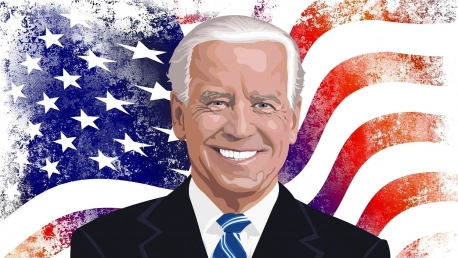The Biden administration, through the U.S. Bureau of Land Management, has introduced a significant methane waste regulation to combat methane emissions in oil and gas operations on public and tribal lands. The new rule targets the reduction of gas waste by curbing venting, flaring, and leaks in these sectors. This regulation forms a vital part of the administration’s comprehensive climate change agenda and represents a response to longstanding demands for increased environmental safeguards in energy production processes. By enforcing stricter standards, the rule aims to not only preserve environmental integrity but also enhance the efficient use of natural resources. This policy reflects the administration’s commitment to addressing environmental concerns while balancing energy needs, highlighting its proactive stance in tackling climate issues through regulatory means.
Economic and Environmental Benefits
Capturing Lost Revenue
Every year, vast quantities of natural gas, worth billions of dollars, are wasted through venting and flaring. This not only has a negative impact on the environment due to the release of greenhouse gases but also represents a significant economic loss. The Bureau of Land Management (BLM) has introduced a new rule to curb this wastage. Estimates suggest the conserved gas could power numerous homes in the U.S., and the financial savings could support essential state and tribal services, including education and healthcare. The rule aligns environmental protection with economic sense by aiming to ensure that America’s natural gas resources are used efficiently and beneficially, contributing to the overall health of the economy. This policy seeks a balance between utilizing resources wisely and maintaining environmental integrity, showing a commitment to sustainability and fiscal responsibility.
Boosting Public and Environmental Health
For years, communities near oil and gas sites have suffered from pollution due to venting and flaring, with a mix of emissions harming health and worsening climate change. Often, these communities are marginalized or indigenous, disproportionately bearing the environmental costs of fossil fuel extraction. The recent introduction of a new methane rule is a significant step toward remedying this issue. This regulation directly addresses the release of these harmful emissions, holding the promise of a marked improvement in the air quality and overall health conditions for those residing close to these sites. The rule is a critical measure for environmental justice, ensuring that the push for cleaner energy also translates into tangible health benefits for those most affected by the extraction process. Through this, the administration shows its commitment to not only protecting the environment but also to supporting the well-being of vulnerable populations at the forefront of energy production.
Strong Enforcement and Implementation
Ensuring Regulatory Compliance
The success of the BLM’s new methane waste rule hinges on its effective execution and stringent enforcement. Environmentalists and conservationists are adamant about the rule being strictly followed, underlining its importance for the well-being of the public, conservation of taxpayer money, and environmental protection. For the rule to be truly impactful, it is imperative that both government bodies and the energy industry uphold their responsibilities with unwavering dedication. The rule must be more than just a written directive; it needs to be a catalyst for real-world positive changes. The collaboration between federal oversight and industry compliance is essential in transforming these regulations from mere documentation into practical and beneficial outcomes for society and nature alike. Ensuring that these rules are not just formalities but actively enforced will be the key to their success in reducing methane emissions and safeguarding our natural resources.
Impact of Collaborative Regulatory Framework
The collaboration between the Bureau of Land Management (BLM) and the Environmental Protection Agency (EPA) represents a significant stride in handling methane emissions through a unified strategy. Their combined rules and standards shape a robust framework that aims to reduce the environmental impact of these emissions effectively. Advocates view this partnership as a crucial development in environmental protection, linking BLM’s regulatory measures with EPA’s oversight to enhance the safeguards against methane’s negative effects. This integrated approach highlights the importance of a synergistic stance in addressing the twofold task of environmental preservation and judicious resource use. As these agencies join forces, they create stronger defenses, embodying a comprehensive approach to combating one of the key issues facing our environment today.









